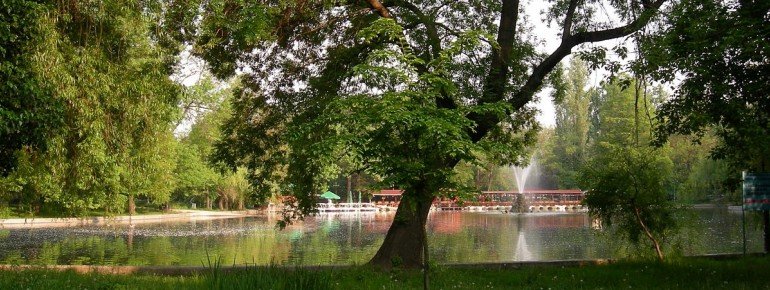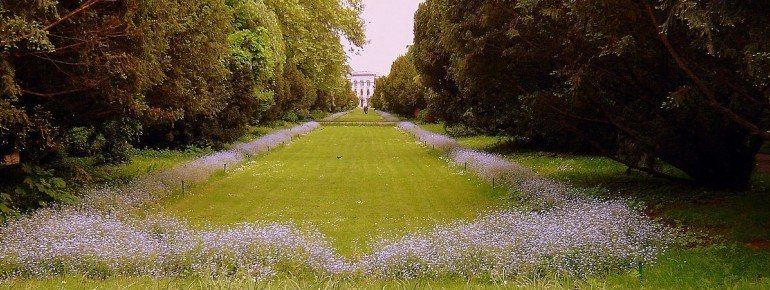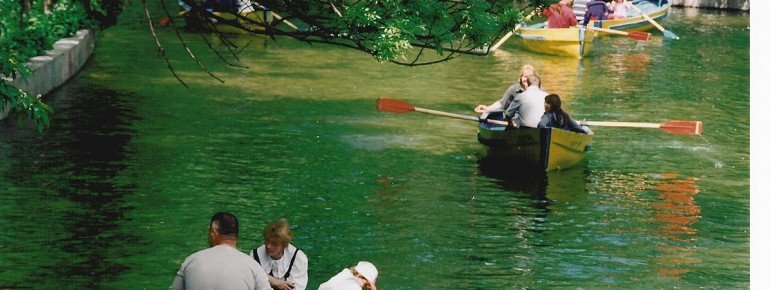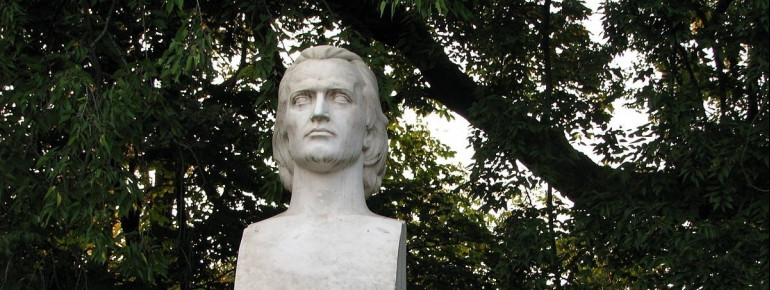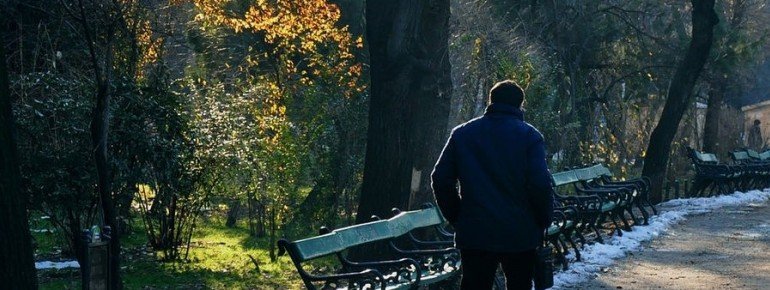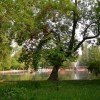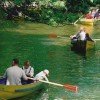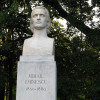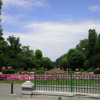Contents
Description
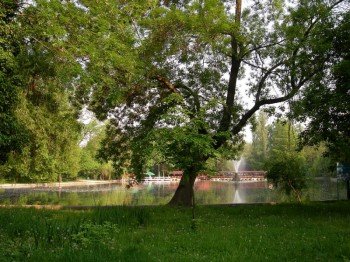
Enjoy your free time in Cișmigiu Park
Since its inception, the park has been an important centre of relaxation for the inhabitants of Bucharest. They spend a large part of their leisure time here, for which the park is also ideally suited. Especially on hot summer days the park offers a cool retreat and in winter the frozen lake is the perfect place for ice skating. Because you can use the park at any time of the year, it is so popular because of its diversity and offers a unique picture in any weather. Therefore the park is also perfect for long walks, because you should not get bored on the winding paths in and around the park. On a tour through the park you will meet the Writers' Ring, where you can admire the busts of the most famous Romanian writers. You will also find the so-called Roman Ring, which is a monument in honour of the French soldiers who died during the Second World War. Besides such memorials you will also find other statues in the complex as well as the first newspaper kiosk ever built in the capital.
Exceptional and relaxed
However, even if you are less active, the park offers some highlights. Especially due to its unique natural arrangements, you can simply relax on the meadows and benches of the complex and settle down in any place you like. You should of course also use the lake in the middle of the countryside and not stay exclusively on its shores. So you can rent a rowing boat and row across the lake and its inlets. After such a tour on the water, you should eat in one of the historic restaurants inside the park. Monte Carlo, which dates back to the 20th century and was extensively restored after the end of the Second World War, is particularly suitable for this purpose.
Historical Information
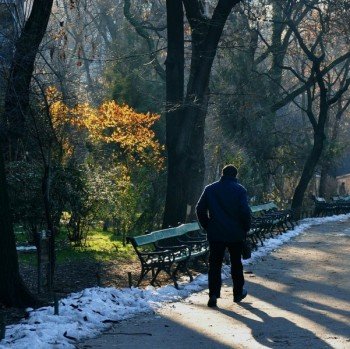
The beginnings of the great park
The beginnings of the park go back to the year 1847, when Romania did not yet exist in its present form and Bucharest was still the capital of Wallachia. Originally there was a much larger lake in the area, but it was restructured in the course of the so-called Regulamentul Organic of the Russian government. As part of this government project, several cities and landscapes were redesigned, including the Cișmigiu Park in Bucharest. The German Wilhelm Friedrich Karl Meyer was commissioned with this task, who first designed a new network of paths through the park and brought new types of flowers into the garden to make the park as romantic as possible. For this purpose the lake was also connected with the Dâmbovița River. Meyer's changes were so convincing that shortly after the reopening of the park he was also appointed its administrator.
Reinvent landscapes
Long after Meyer's inauguration, the park continued to develop at a rapid pace. Meyer designed an enormous number of plans, some of which were put into practice, making the park an even more idyllic place. The landscape gardener was also the first to transport visitors across the lake in gondolas and also had romantic ideas in mind, such as a pavilion in the middle of green meadows. In the last years of Meyer's tenure, many new tree species have been planted in the park, so that it has not lost any of its diversity to date. When Bucharest became the capital of the Kingdom of Romania in 1871, the steady growth of the park had to be limited, but the complex itself continued to develop over the following years. So the streets around the park were greatly extended and in 1889 the Gheorghe Lazăr National College was added in the southwestern part of the park, so that the image of the park never remained the same.
How to get there
By car
From Pitești
You first leave the city centre via DN 65 in the direction of Arges and thus reach DN7. This will take you directly to the A1, which you will follow for the next 112 km and thus reach Bucharest. Follow the road into the city centre and turn right at Bulevardul Profesor Doctor Gheorghe Marinescu. Via the Bulevardul Eroii Sanitari and the Splaiul Independenței you reach a right turn that takes you across the river and directly to the Cișmigiu Park.
From Constanța
You leave the city via the access road to the A4 and then change to the A2, which you follow for the next 210 km. The road takes you directly to the city centre of Bucharest, which you cross via Splaiul Independenței and then turn right onto Bulevardul Schitu Măgureanu to get to the park.
From Ploiești
You leave the city via Bulevardul București and then change to DN1, which you follow for about the next 48km. Even in the first foothills of Bucharest, you can continue on DN1 and enter the city centre via Calea Victoriei. Here you keep right on the Biserica Creţulescu and reach the park.
With public transport
Bucharest is relatively easy to reach by train. The capital of Romania has an international train station, where trains from Romanian cities like Timisoara or Constanta stop regularly. Bucharest is also relatively easy to reach from abroad, as trains even run from Vienna and Istanbul to the city from here. Especially from Germany you can reach Bucharest by long-distance bus.
By airplane
If you are travelling by plane from far away, it is best to plan the airport Bucharest.Otopeni Henri Coanda as your destination, because this is the international airport of the Romanian capital. From Vienna and Berlin, but also from Munich and Düsseldorf, there are regular flights from various airlines to Bucharest and also from Zurich or Geneva you have reached your destination quickly by plane.
From the airport you can take bus number 783 to the city centre.

